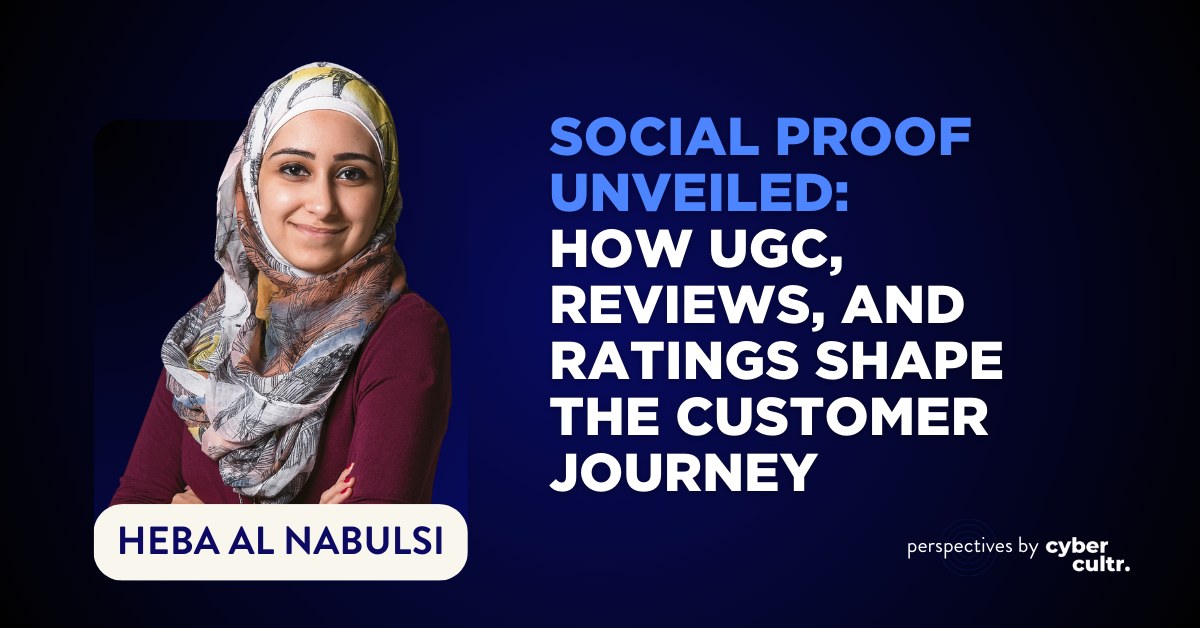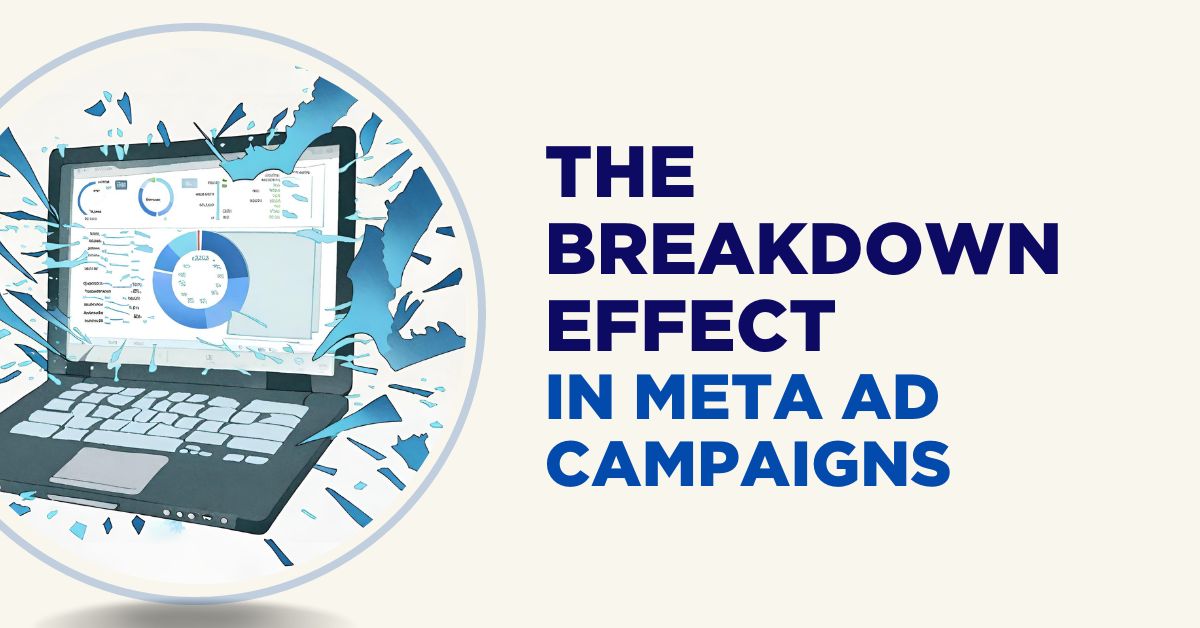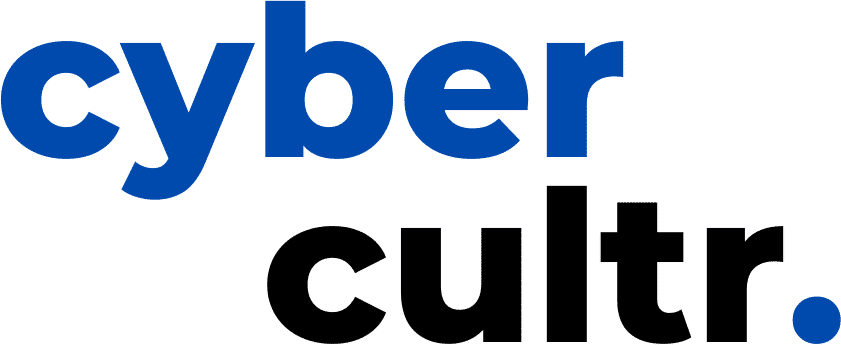Optimizing your content for search engines is an essential part of running a successful website or blog. By optimizing your content, you can increase your visibility in search engine results pages (SERPs), drive more traffic to your site, and ultimately, generate more revenue.
In this blog post, we’ll explore 8 ways you can optimize your content for search engines:
1) Use relevant and high-quality keywords:
Keywords are the words and phrases that people use to search for content online. By including relevant keywords in your content, you can increase your chances of ranking in search results. However, it’s important to use keywords naturally and avoid keyword stuffing, as this can hurt your ranking and lead to a poor user experience.
For example, if you run a SaaS company that offers project management software, you might want to include keywords like “project management,” “team productivity,” and “collaboration tools” in your content. You can use tools like Google’s Keyword Planner or Ahrefs to research popular keywords in your industry and see how much traffic they get.
2) Create compelling and informative titles and meta descriptions:
The title and meta description of your page are crucial for attracting clicks from search results. Make sure your titles and meta descriptions accurately describe the content of your page and include relevant keywords.
For example, a good title for a blog post about your project management software might be “5 Ways Our Software Can Boost Your Team’s Productivity” and the meta description might be “Discover how our collaboration tools and features can help your team work more efficiently and get more done.”
3) Use header tags wisely:
Header tags (H1, H2, etc.) help search engines understand the hierarchy and structure of your content. Use them to break up your content into sections and sub-sections, and include relevant keywords in your header tags.
For example, if you’re a B2B company that sells office supplies, you might use an H1 tag for the main title of your product page, “Premium Quality Office Supplies for Businesses,” and H2 tags for each of the sub-sections, such as “Pens and Pencils,” “Paper and Envelopes,” and “Desk Accessories.”
4) Optimize images and videos:
Search engines can’t read images or videos, so it’s important to include descriptive file names and alt text for these types of media. This helps search engines understand the content of your images and videos, and can also improve your chances of ranking in image and video search results.
For example, if your SaaS company has a video demonstrating the features of your CRM platform, you might name the file “crm-platform-demo.mp4” and include alt text that describes the video, such as “A demonstration of the customer management and sales automation features available in our CRM platform.”
5) Use internal and external links:
Linking to other relevant and high-quality websites can help improve the authority and credibility of your own site. It’s also important to use internal links to help search engines understand the relationships between your own pages and to make it easier for users to navigate your site.
For example, if you’re a startup that provides online tutoring, you might include a link to a reputable education blog in a blog post about the benefits of online learning, or link to a related page on your own site within a post about your tutoring services.
6) Optimize for mobile:
More and more people are accessing the internet on their mobile devices, so it’s important to ensure that your site is mobile-friendly. This includes making sure your site loads quickly, has a responsive design, and is easy to navigate on a smaller screen.
You can use tools like Google’s Mobile-Friendly Test to see if your site is optimized for mobile, or use a responsive design framework like Bootstrap to ensure that your site looks good on all devices.
7) Use social media to promote your content:
Social media can be a powerful tool for promoting your content and driving traffic to your site. Share your content on social media platforms and encourage your followers to share it as well.
For example, if you run a startup incubator company, you might share a link to your latest blog post about the benefits of joining a startup incubator on social media, along with a brief summary and a visually appealing image. You can also use social media scheduling tools like Hootsuite or Buffer to schedule your posts in advance and save time.
8) Monitor and track your results:
It’s important to track your results to see how your content is performing in search results. Use tools like Google Analytics to track your traffic and see which keywords and pages are driving the most traffic. This can help you identify areas for improvement and optimize your content for better results.
For example, if you see that a particular product page is getting a lot of traffic from a certain keyword, you might want to create more content around that keyword or consider adding it to your meta tags and header tags for other pages. You can also use tools like SEMrush or Ahrefs to track your search engine ranking and see how your content is performing in terms of traffic and keyword ranking.
Conclusion:
By following these 8 tips and using the right tools, you can optimize your content for search engines and drive more traffic to your site, whether you’re a SaaS company, startup, or B2B business.
Remember to stay up-to-date with the latest best practices and trends, and don’t be afraid to experiment with different approaches to see what works best for your site. With a little effort and patience, you can improve your search engine ranking and reach a wider audience.







